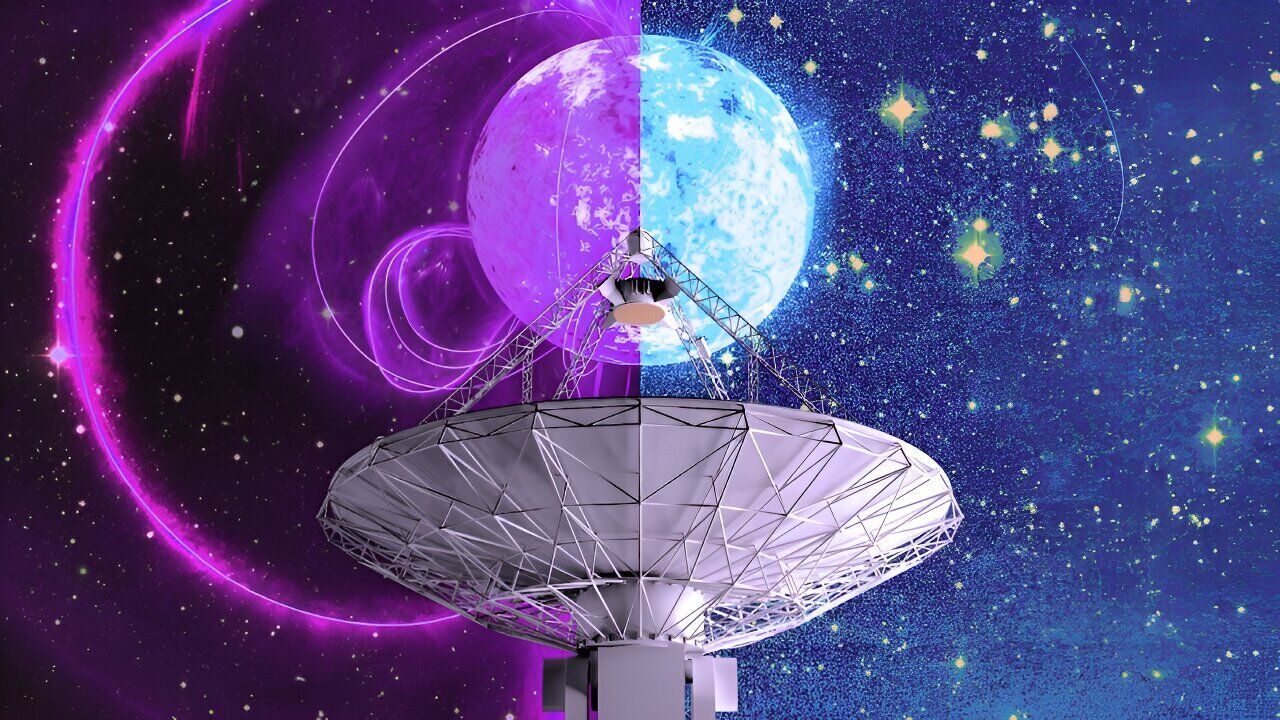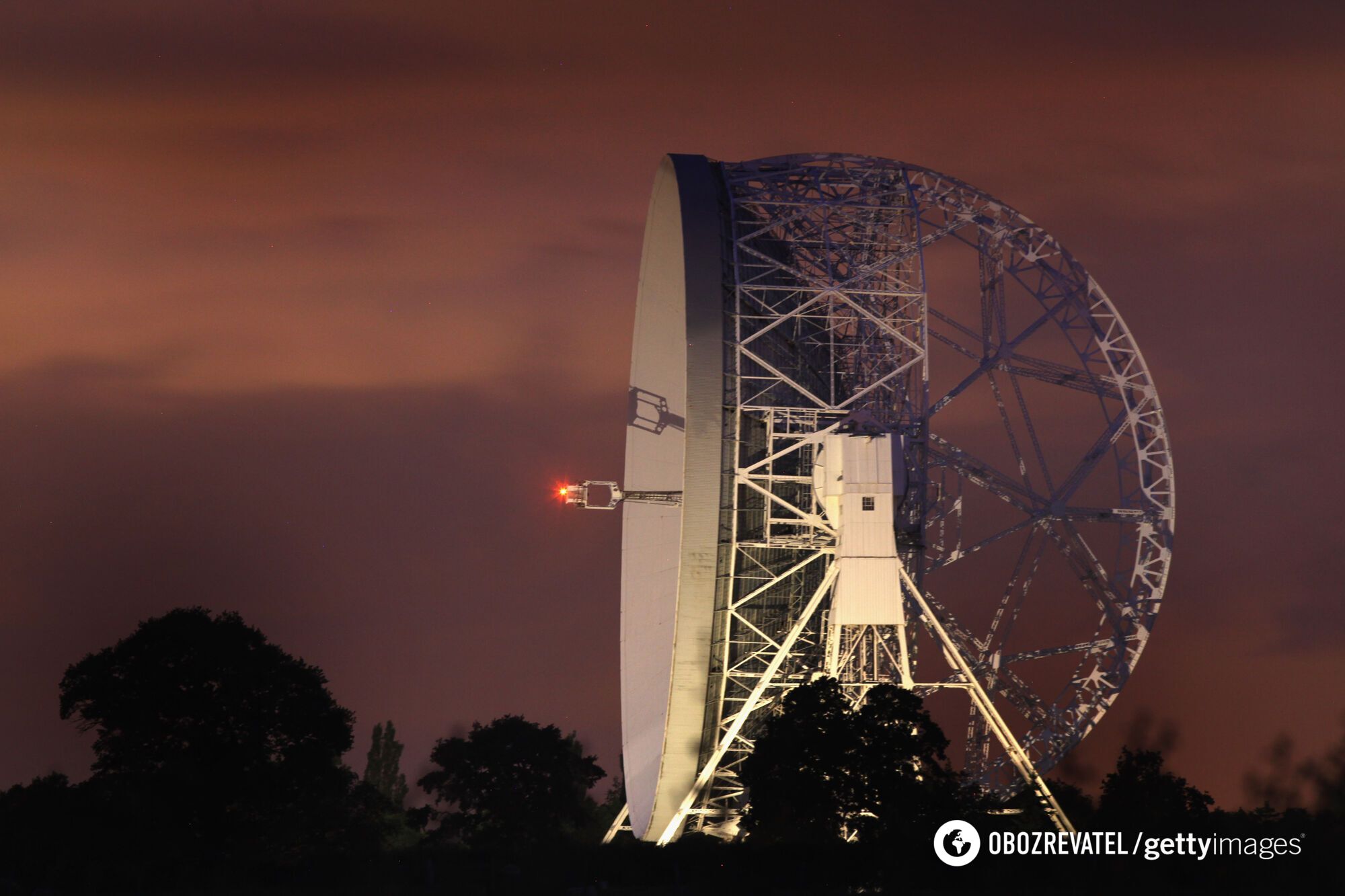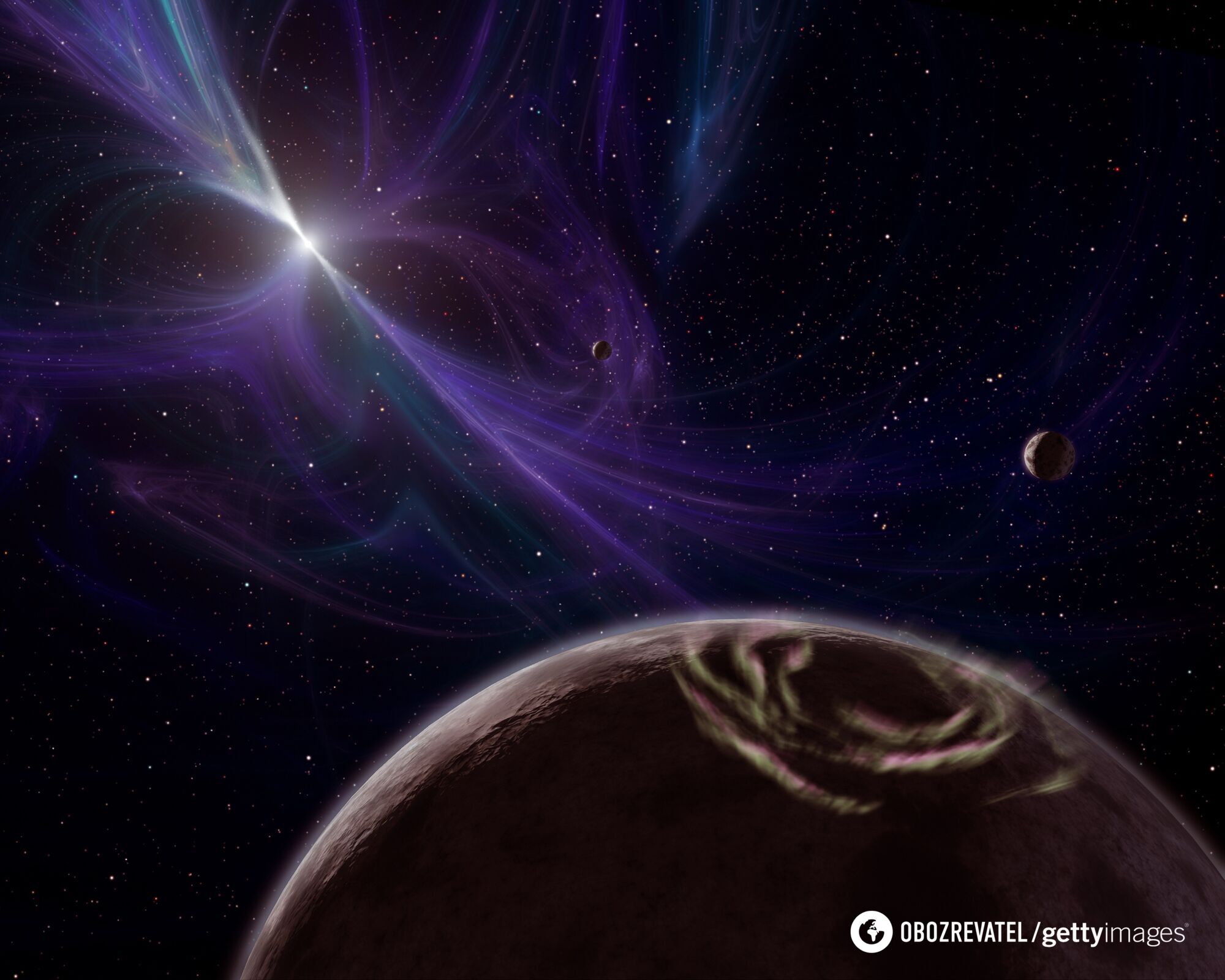News
About 10,000 flashes per day. Scientists are closer to solving strange radio signals from beyond the Milky Way
Scientists may finally have solved the mystery of who or what is regularly sending radio signals from beyond the Milky Way. Fast radio bursts flash across the sky about 10,000 times a day.
Until now, scientists have been at a loss to know where these strange signals from space come from. However, thanks to a new experiment, scientists from the University of Toronto are one step closer to solving the mysterious phenomenon, Livescience writes.
For years now, scientists from around the world have been puzzling over who sends out intense, short-lived bursts of radio waves called fast radio bursts (FRBs). The amazing thing about them is that they can emit as much energy in a thousandth of a second as the sun emits in three days.
However, despite their power and intensity (about 10,000 flashes per day), these radio wave explosions are still unsolved by scientists. One of the biggest mysteries surrounding FRBs is why most flash once and then disappear, while a minority of them (less than 3%) repeat flashes. So scientists have started looking for the mechanisms that trigger these radio signals.
Scientists at the University of Toronto used the Canadian Hydrogen Intensity Mapping (Chime) experiment to focus on the properties of polarized light. These experiments showed that single FRBs are most likely to come from distant galaxies that are very similar to our Milky Way, as opposed to unknown extreme environments that trigger repeated signals. It is these research findings that may bring scientists closer to unraveling the mystery of fast cosmic radio bursts.
"Until now, when we thought about FRBs, we only looked at them the way we would look at a star in the sky. That is, we thought about how bright it was and how far away it was," said Ayush Pandey, PhD, lead author of the study.
However, scientists later changed their position on the study of cosmic radio waves. After all, FRBs are special because they also emit polarized light. Therefore, the key difference of the new study is that it studies polarized light in detail.
Polarized light is made up of waves that are oriented in the same way - vertically, horizontally, or at an angle between these two directions. Changes in polarization can explain the mechanism that triggered the FRB and thus reveal what was its source. Polarization can also reveal details about what media the radio bursts needed to pass through before reaching our detectors on Earth. So the new study is the first large-scale look at the non-repeating 97% of FRBs in polarized light.
Observing repeating signals is easy because astronomers already know where they will occur and can point any radio telescope at that part of the sky. To find and study non-repeating FRBs, however, scientists need a telescope that can simultaneously view a large area of the sky, because astronomers do not know where the signal will come from.
"They can appear anywhere in the sky. Chime is unique in this sense, because it "looks" at a large area of the sky at once. Other researchers have looked at polarization at the level of 10 non-repeating FRBs. But we looked at more than 100. This allows us to see how repetitive and non-repetitive signals can differ from each other," said scientist Ayush Pandey.
Although the origins of cosmic radio bursts are shrouded in mystery, scientists speculate that they may act as messengers of the environment they pass through on their way to Earth. However, this information is encoded in their polarization.
Until now, scientists have been most inclined to believe that fast radio bursts are triggered by highly magnetized, rapidly rotating neutron stars, so-called "pulsars." However, new research by Canadian scientists has disproved this. "We know how pulsars work and we know the types of polarized light we expect to see from a pulsar system. However, we don't see any similarities between FRBs and pulsar light, they are different," Pandey emphasized.
"Even more mysterious than the explosions that occur thousands of times a day across the sky is what causes them? If you're a bit of a detective who likes to solve mysteries, the FRB is a big mystery begging to be solved," summarized the study's lead author Ayush Pandey.
Only verified information is available on the OBOZ.UA Telegram channel and Viber. Do not fall for fakes!
































